The document that controlled the camouflage finish of German Naval Aircraft was the Allgemeine Baubestimmungen für Seeflugzeuge der Kaiserlichen Marine, (ABB) General Construction Requirements for Seaplanes of the Imperial Navy. dated 3 April 1917. The ABB specifically detailed all aspects of the aircraft, airframe, engines, propeller, radiators, instruments, armaments, acessories, hardware, fabric, protective varnishes finish painting and marking details. This document was establish by the See-Flugzeug Versuchs Kommando, (SVK) sea Plane Testing Command. The SVK was subodinate to the Reich Marine Amt (RMA) Imperial Marine Office, Admiralty.
The ABB required:
1. Black Iron Cross surrounded by a 5cm white border.
2. Black Navy number painted on part of the aircraft. The black Iron cross painted on the upper surface of the upper wing and on the under surface of lower wing and on both sides of the fuslage and rudder.
3. All surfaces when viewed from above, including the upper surfaces of the upper and lower wings, tailplane, the tops of the fuselage and floats painted in hexagons, 15cm on the side, 30 cm in diameter in three colors, grey-blue, grey-violet and grey-brown.
4. All surfaces from the side, the fuselage, rudder, floats and all struts painted grey-blue.
5. All surfaces when viewed from below painted light grey.
6. The fabric surfaces were to remain their natural color.
The ABB was revised in April 1918 when the SVK. introduced the three color printed fabric in irregular hexagons measuring 15.5 x 20 cm skewed 5 degrees in the filling direction in three colors grey-blue, grey-violet and grey-brown. The ABB required the surfaces when viewed from above, the upper surfaces of the upper and lower wings, tailplane and the tops of the fuselage and floats to be covered with the 3 color printed fabric .
All surfaces of the fuselage, struts and floats when viewed from the side were grey-blue.
All surfaces when viewed from below were painted light blue, this included the wings and tailplane, however, it stated the fabric surfaces could remain their natuarul color.





_4.JPG)
_5.JPG)


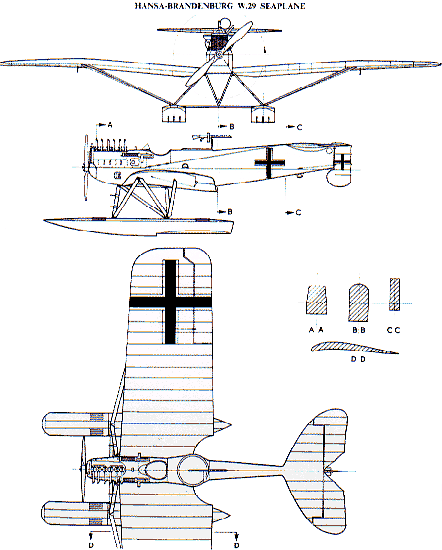
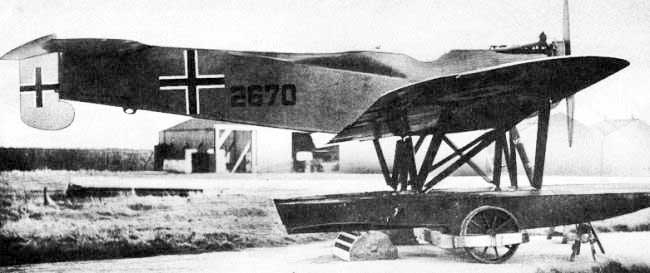



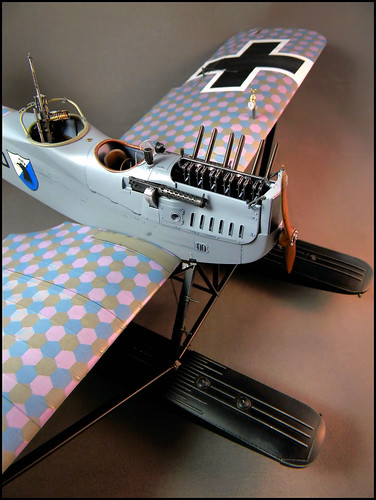





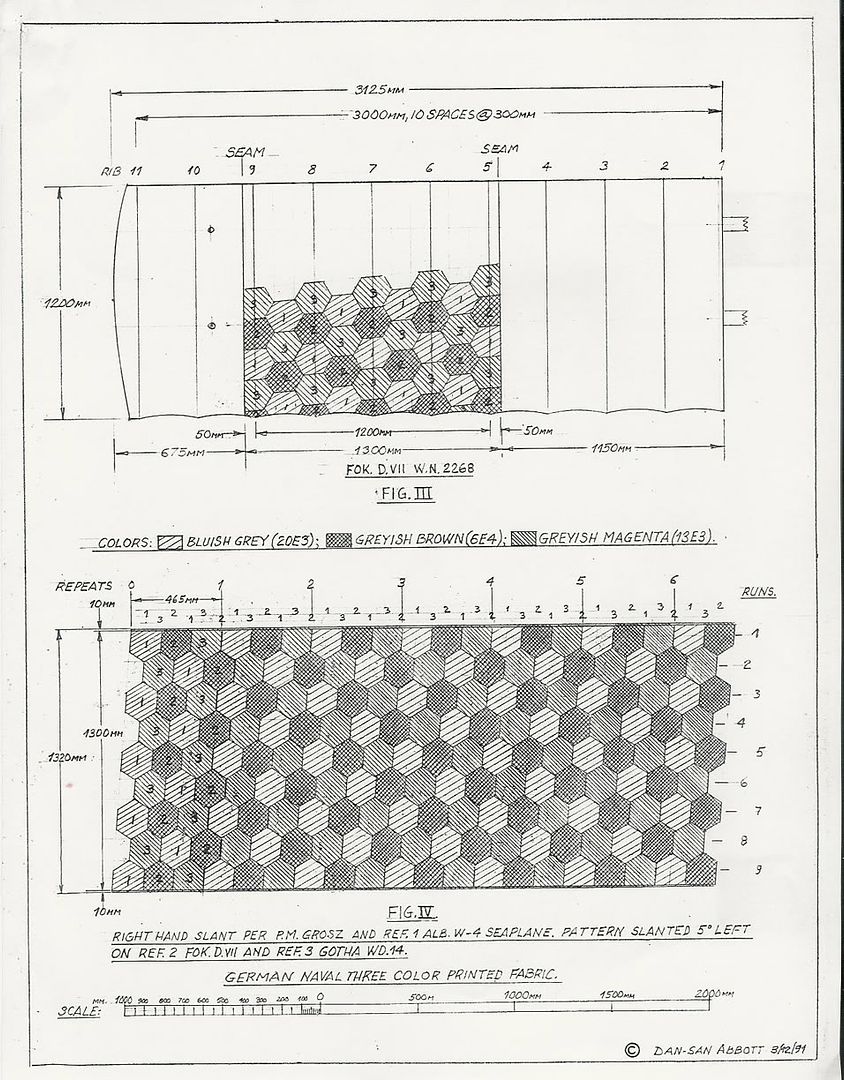
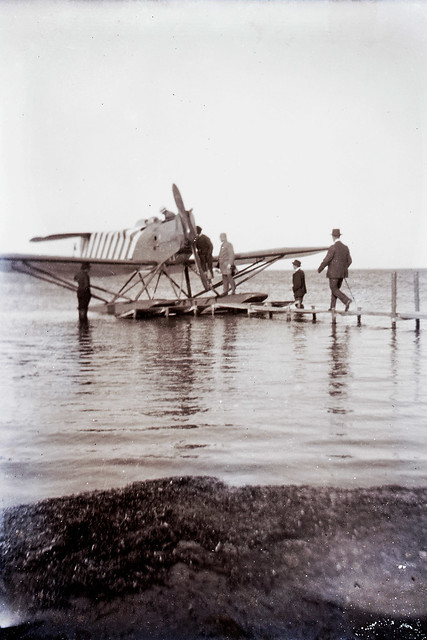


 Reply With Quote
Reply With Quote



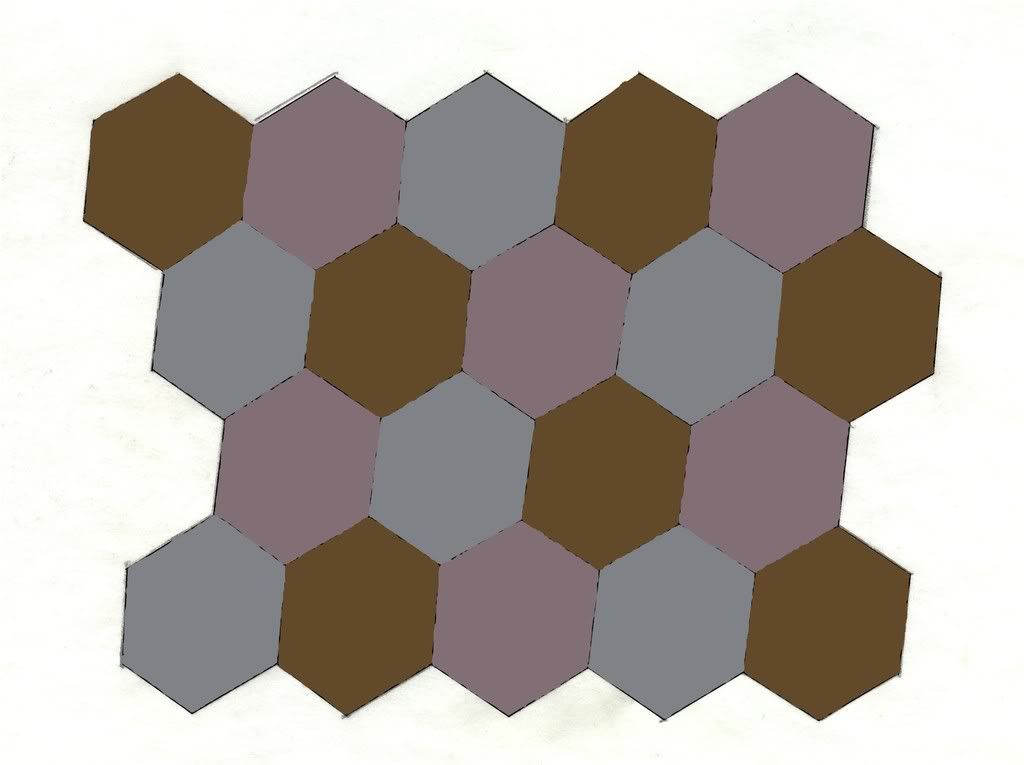



Bookmarks